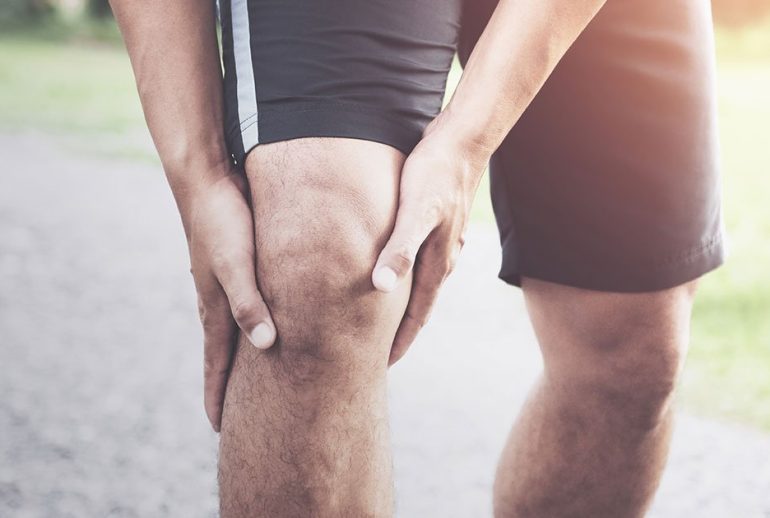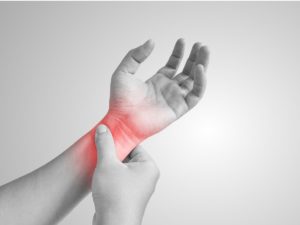Have you recently picked up running and noticed some knee pain? Have you previously had any knee pain? Do you plan on pick up running?
Running is regarded as one of the most popular physical activities enjoyed by people around the world. It is a simple yet body demanding exercise where runners can spend hours pounding on hard pavement in order to build strength, stamina and cardiovascular fitness. Whether you’re a beginner or an experienced runners, most runners will experience some sort of injury during their long or short lived career. Recent studies have shown that the most common running musculoskeletal injuries involve the knee, ankle, lower leg and foot.
Due to the current COVID-19 situation, with gyms being closed, people are opting to choose running as their source of training and exercise. As a result of this, people of different skill levels, casual or competitive, have been presenting to our clinic with knee pain which is one of the most common areas for distance running. From the research, one of the most common knee injuries in runners is patellofemoral pain syndrome.
What is Patellofemoral pain syndrome (PFPS)
Patellofemoral pain syndrome, also known as ‘Runner’s Knee,’ is a broad term used to describe pain at the front of the knee or pain arising from the knee joint itself. It is often referred to as runner’s knee due to its prevalence in sports such as running, although it is still also very prevalent in other activities such as squatting or even non-athletes.

Why do we get PFPS?
PFPS is commonly referred to as an overuse/overloading condition of the patellofemoral joint, whether that be affecting the tendon, nerves, muscles or cartilage in this area. The most common cause of PFPS is from vigorous or repetitive physical activities that place stress on the knee such as jogging, running, climbing or squatting. A change in frequency to these activities, such as increasing the number of days exercising, the intensity or duration, can also contribute to the development of this syndrome. Other factors that could lead to overuse of the joint itself include, training technique, footwear and training surface.
Characteristics/Symptoms of PFPS
- Anterior (front) knee pain or around knee cap
- Dull, aching pain in nature
- Pain gradually increasing over time when exercising
- Pain aggravated by activities such as climbing stairs, sitting with knees bent, squatting, running
- Relieved by rest
 What can you do about PFPS?
What can you do about PFPS?
PFPS has many factors that can lead to its development ranging from tight muscles, joint biomechanics, techniques, footwear and training surfaces. Therefore the following tips are more of a general guide to helping with manage it in the short time.
1. Activity Modification
It’s very important to listen to your body when something is hurting and to understand why it’s happening. Modifying how much you run, train, squat is important to helping with PFPS. Reducing the activity that aggravates the knee will be beneficial in prolonging the integrity of the knee joint itself.
Modifications to activities include:
- Reducing distance/frequency throughout the week
- Switching to low-impacting activities such as stationary bike cycling or swimming
2. Self-massage and stretching
One of the common causes of PFPS can be attributed to tight muscles that surround and support the knee. Applying self-massage and stretching before and after running with assist with preserving the knee joint greater and can give pain relief. Here is a few stretches that you may try at home to help stretch out.

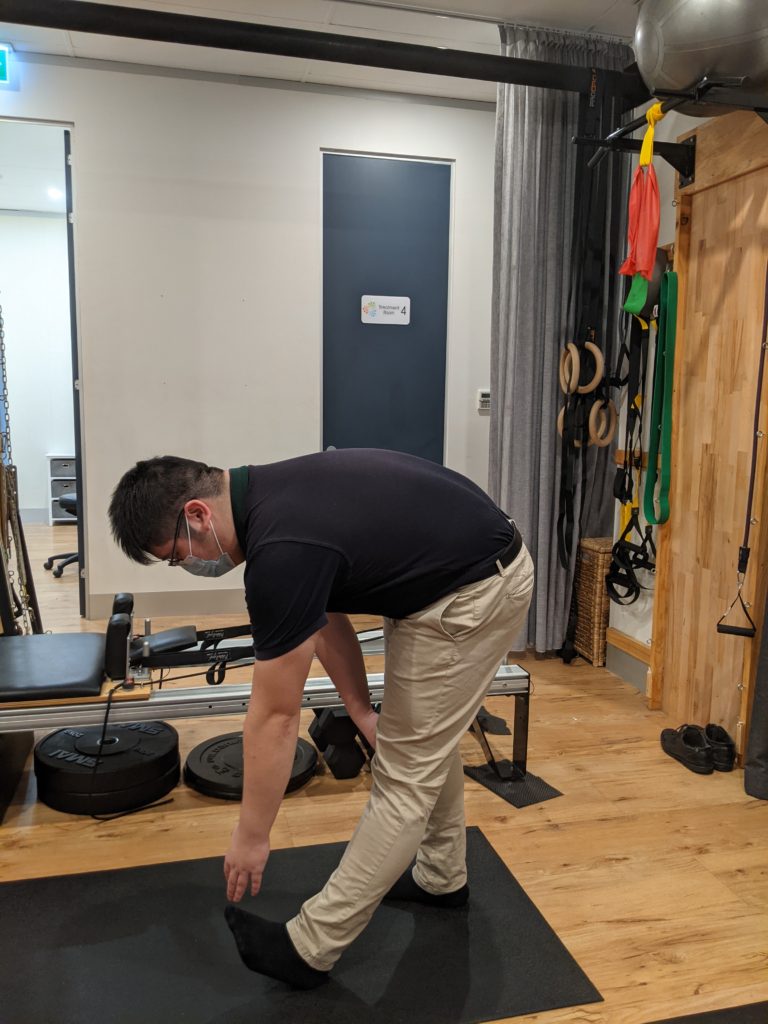

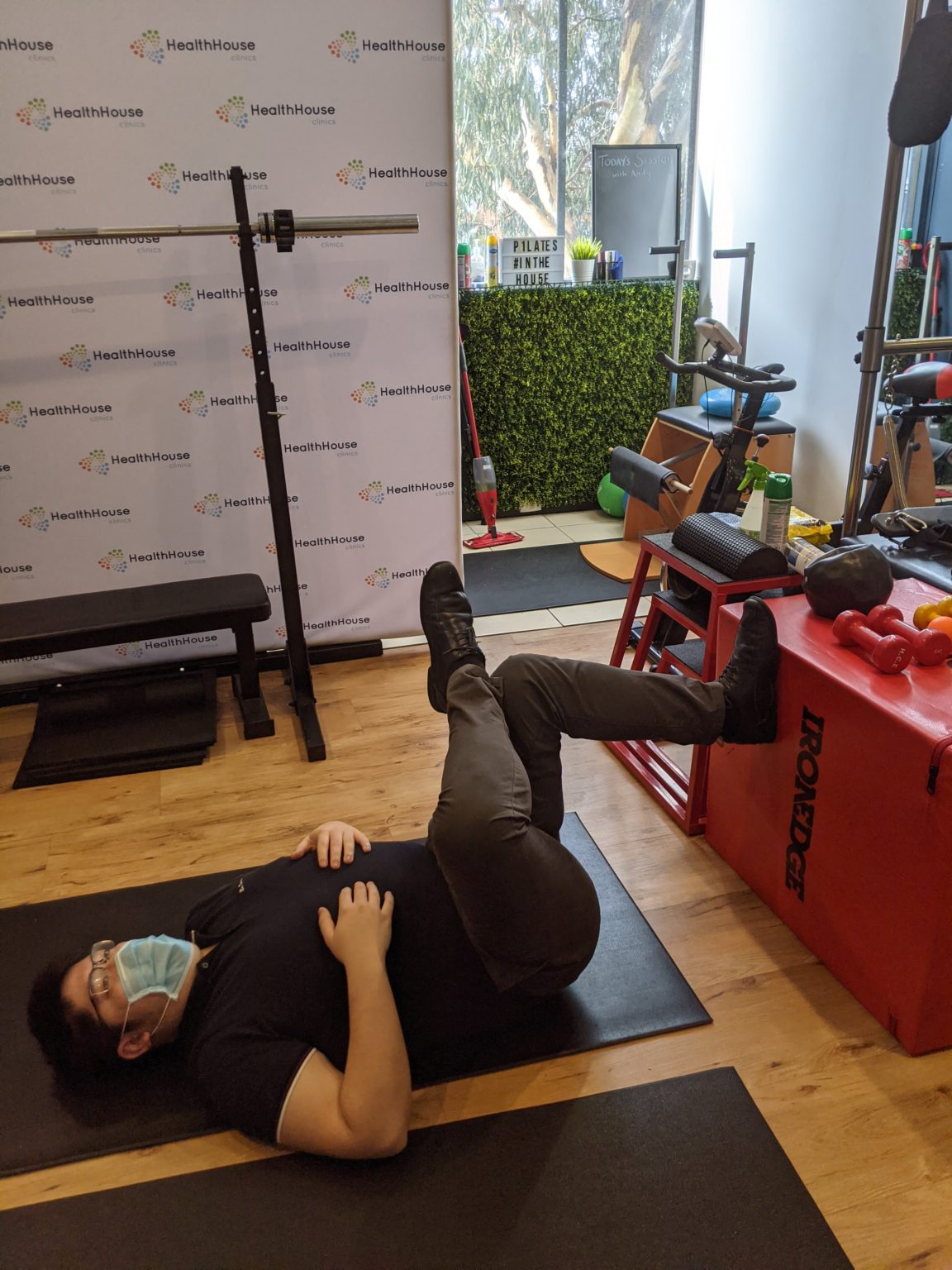
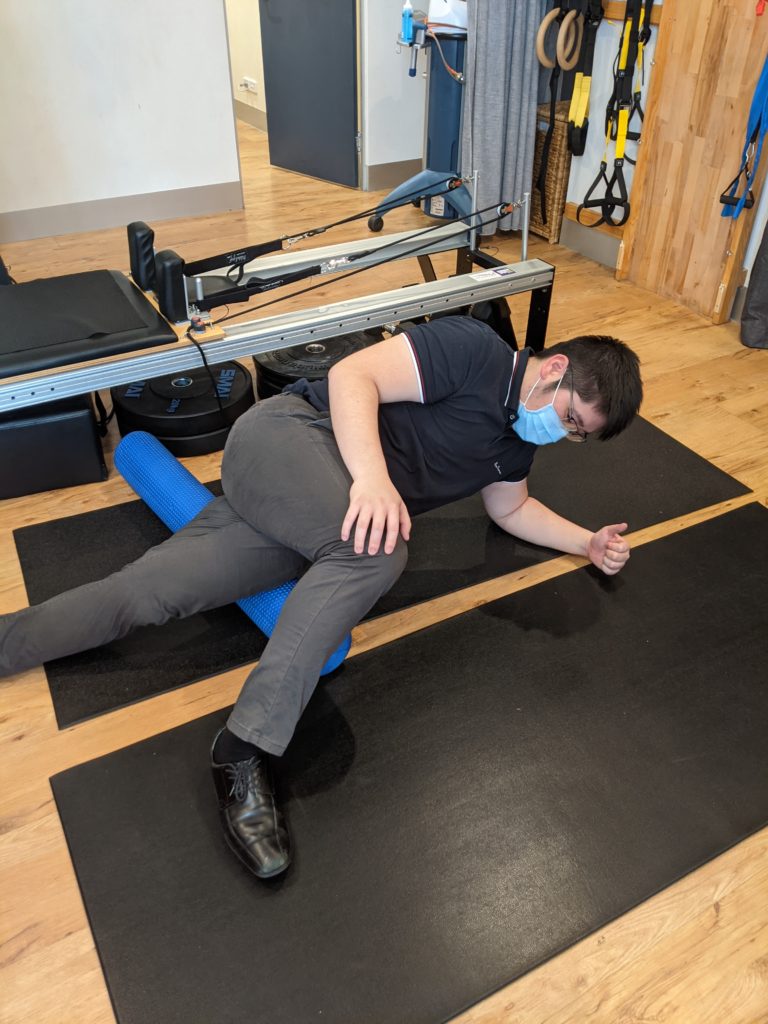
3. Strength
It is important to build strength around our hip, butt and thighs to help reduce the force that the knee has to undergo, hence, preventing development of any knee issues/problems. Studies has shown that strengthening our glute (butt) muscles and increasing the strength and conditioning of the quadriceps (thigh) tendon around the knee will help with the prevention of PFPS. Here are some exercises to consider and try at home during the days you are not running or taking breaks.

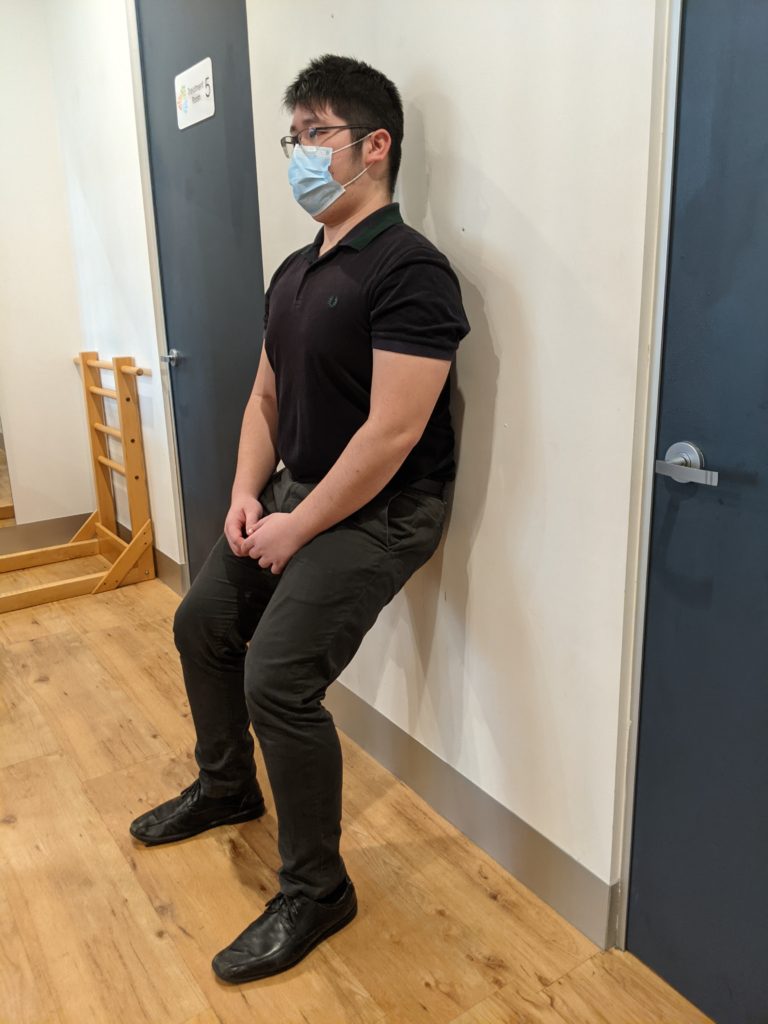
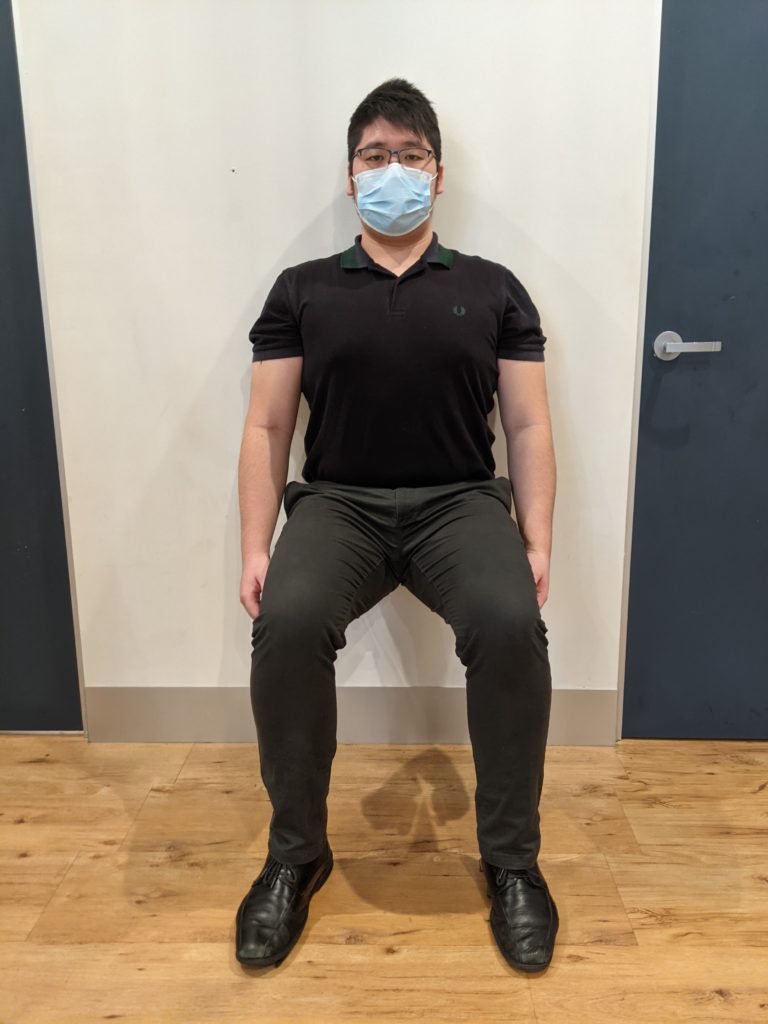
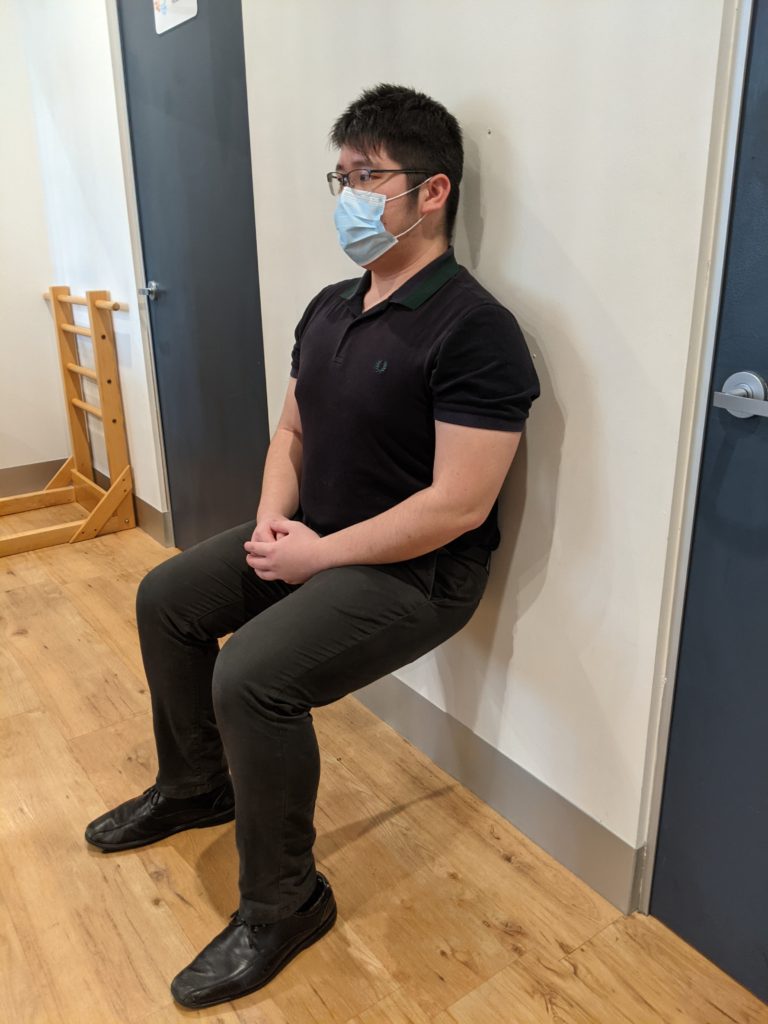
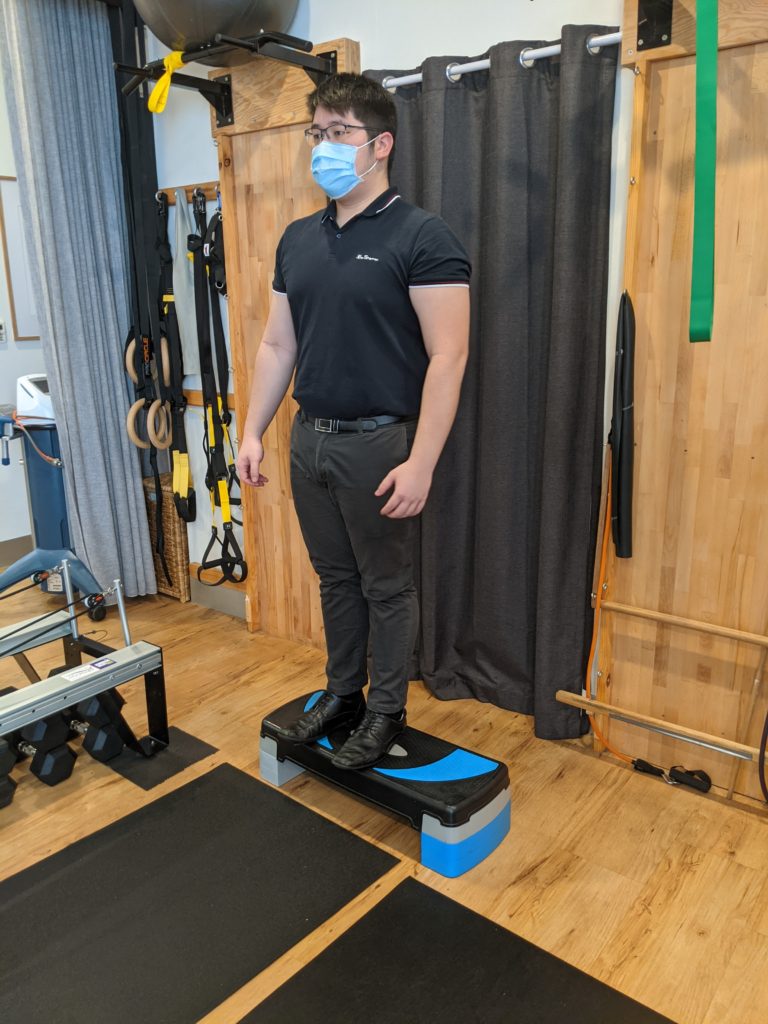
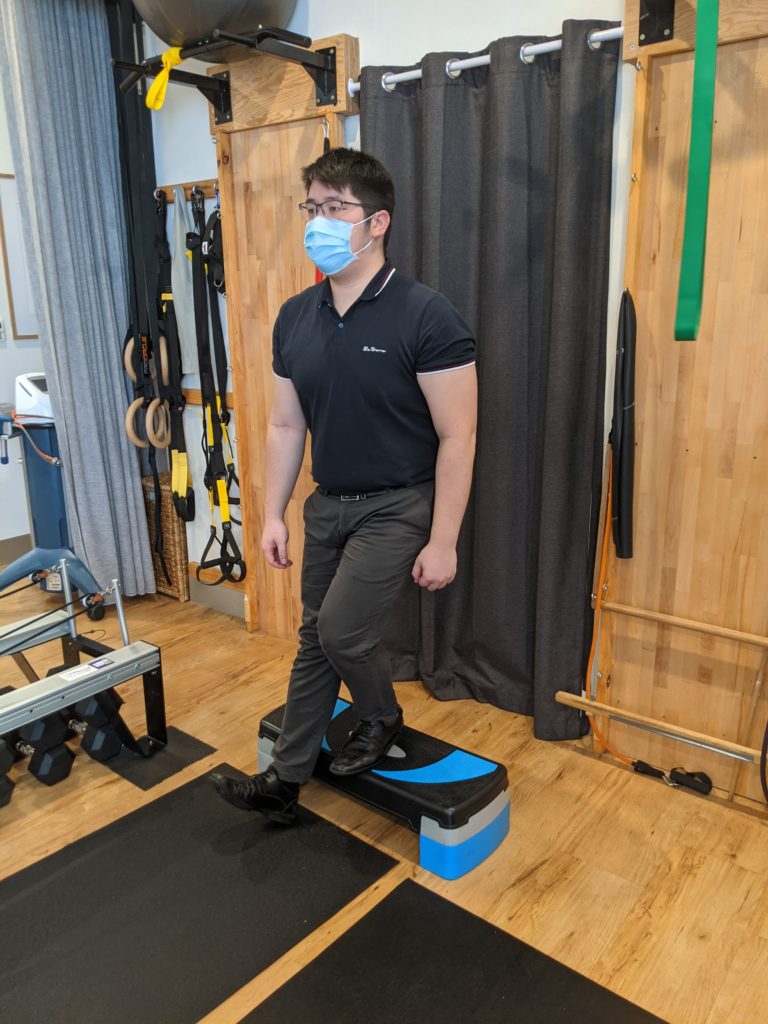

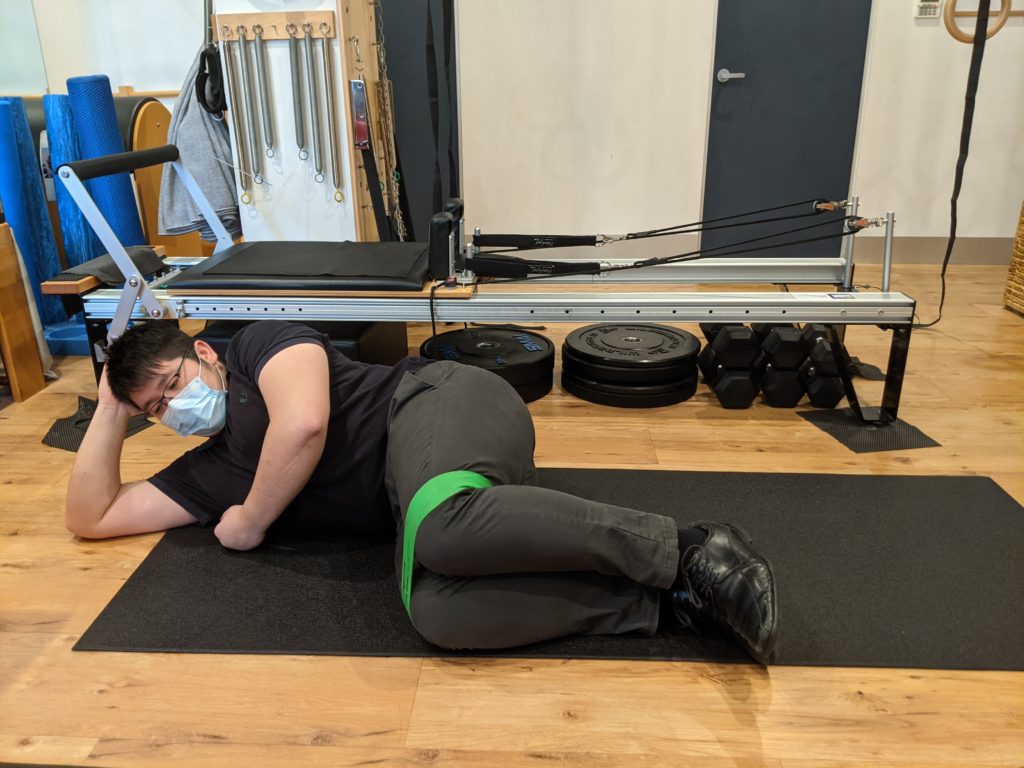

4. Get Assessed!
PFPS has many factors that can lead to its development ranging from tight muscles, joint biomechanics, techniques, footwear and training surfaces. Therefore it’s is very important to find out the underlying causes of it all and treat accordingly. Everything mentioned above are a few tips and tricks to managing PFPS, however everyone is different. Studies also show that there is an increase chance of re-injury within 12 months or your first injury if not properly assessed or taken care of. So if you currently have any knee pain or had knee pain in the past, don’t hesitate to get in contact and book an appointment to have it assessed.
To find out more, contact us on (02) 95248862 or email us at info@healthhouseclinics.com.au
References:
Lopes, A.D., Junior, L.C.H., Yeung, S.S. & Costa, L.O.P. 2012, ‘What are the Main Running-Related Musculoskeletal Injuries? A Systematic Review’, Sports Medicine, vol.42, no.10, pp.891-905
Saragiotto BT, Yamato TP, Junior LC, Rainbow MJ, Davis IS, Lopes AD. What are the main risk factors for running-related injuries?. Sports medicine. 2014 Aug;44(8):1153-63.

